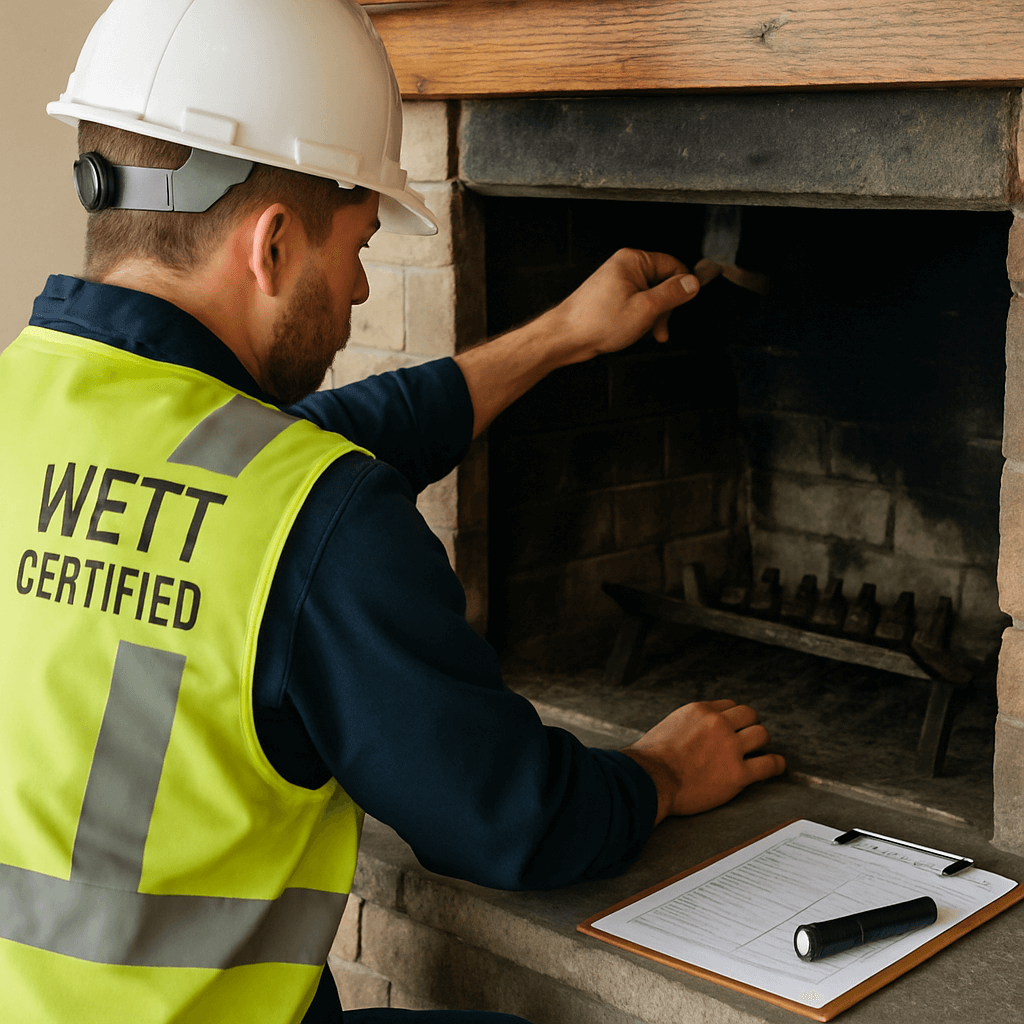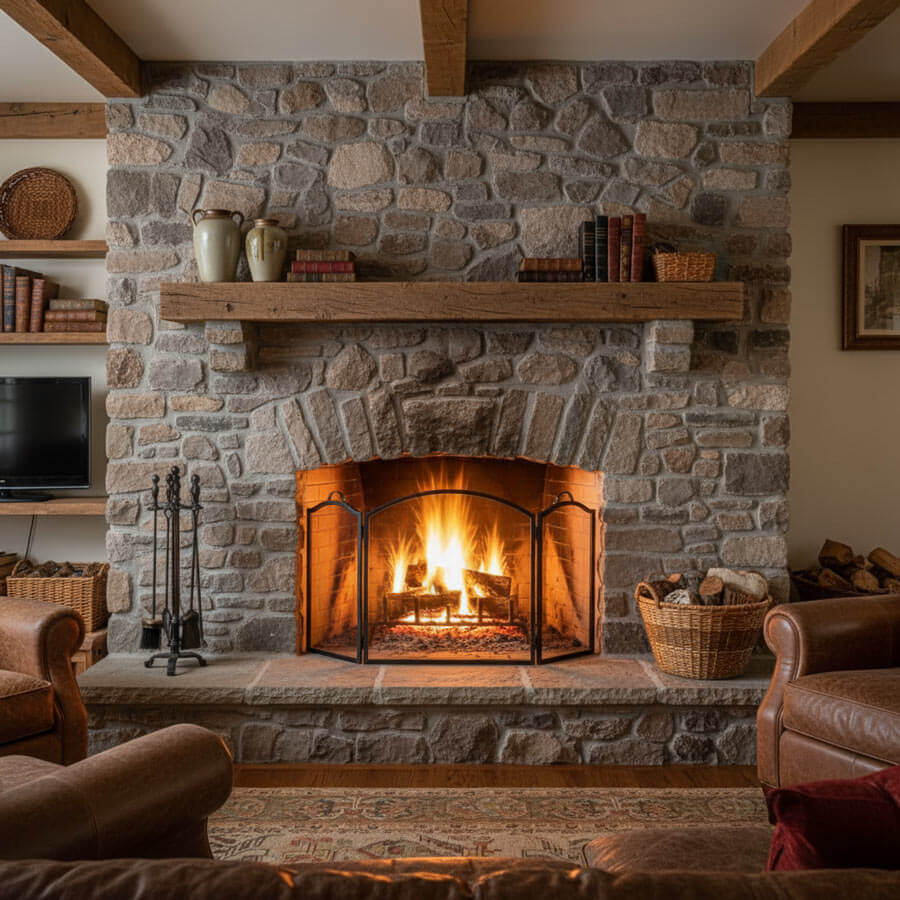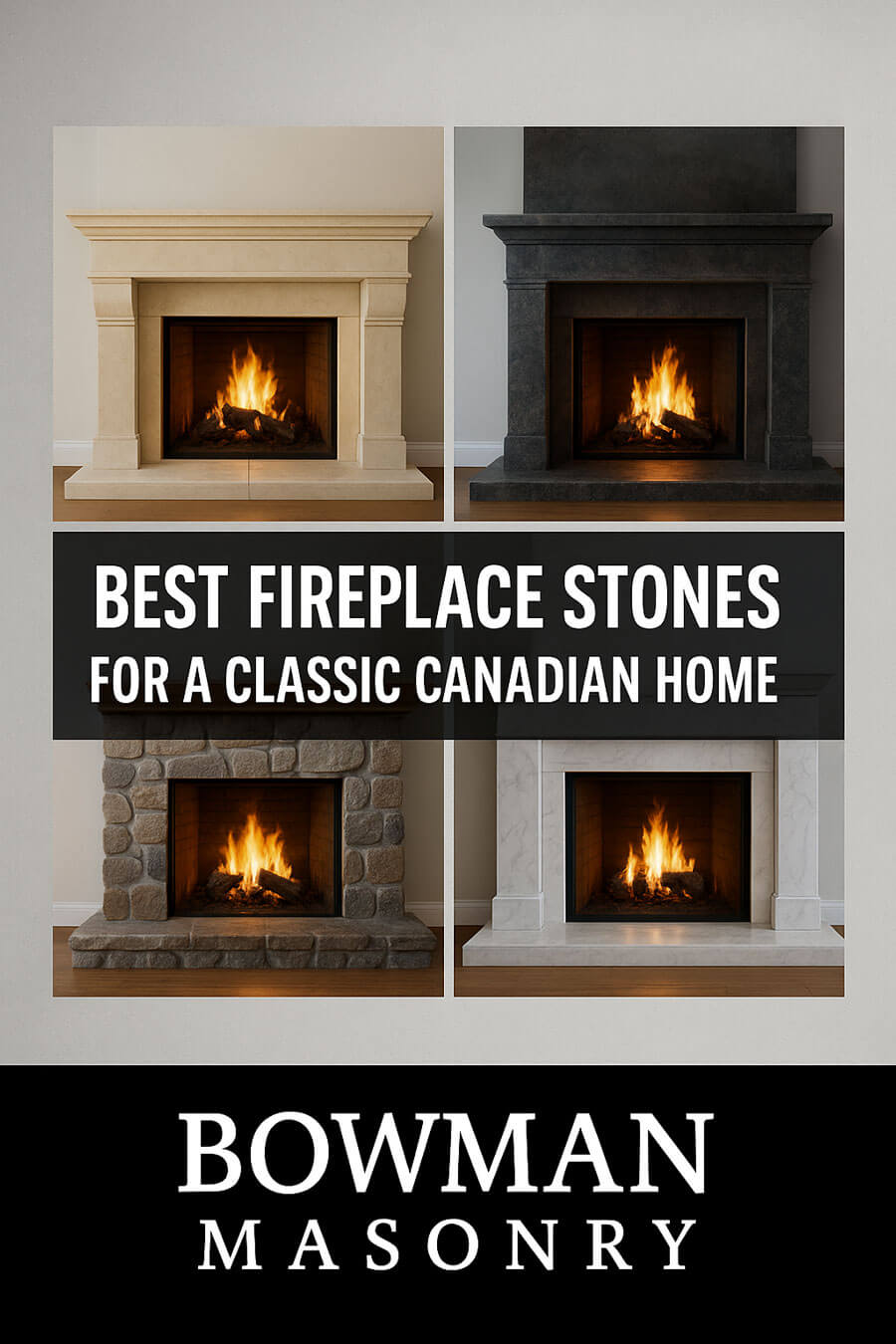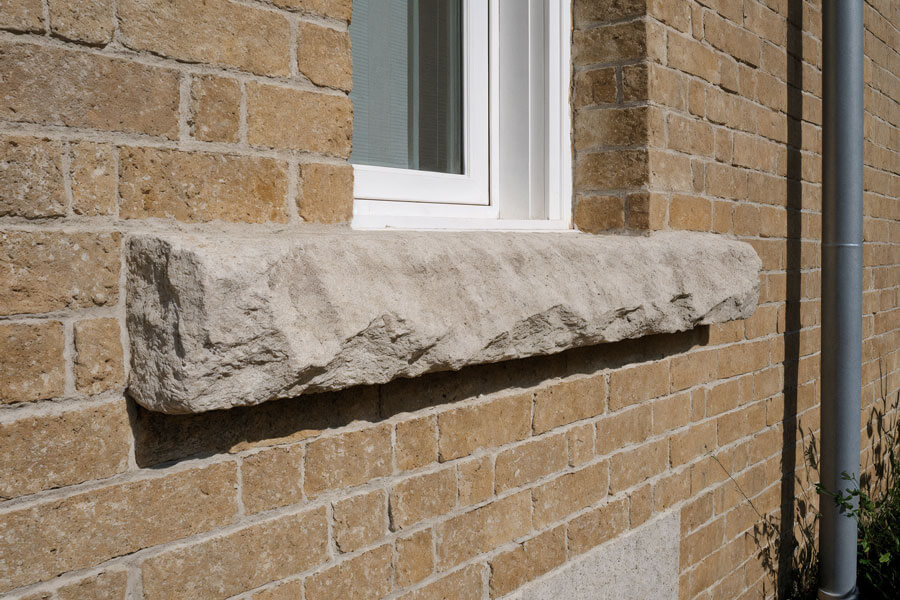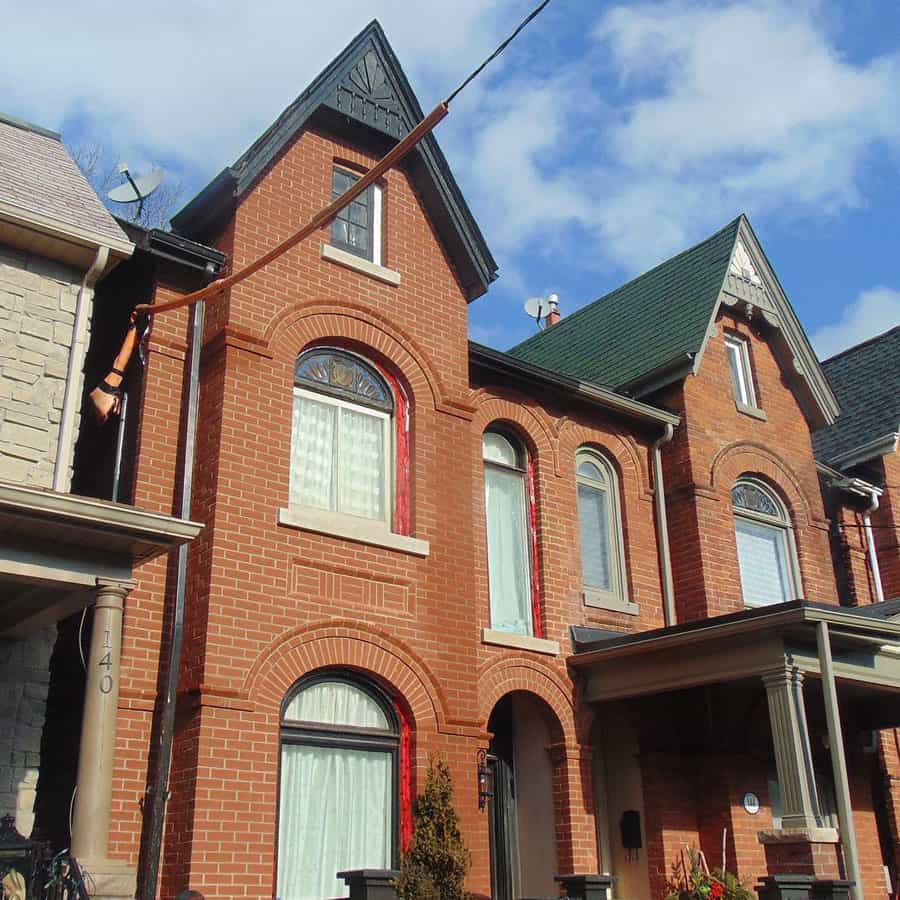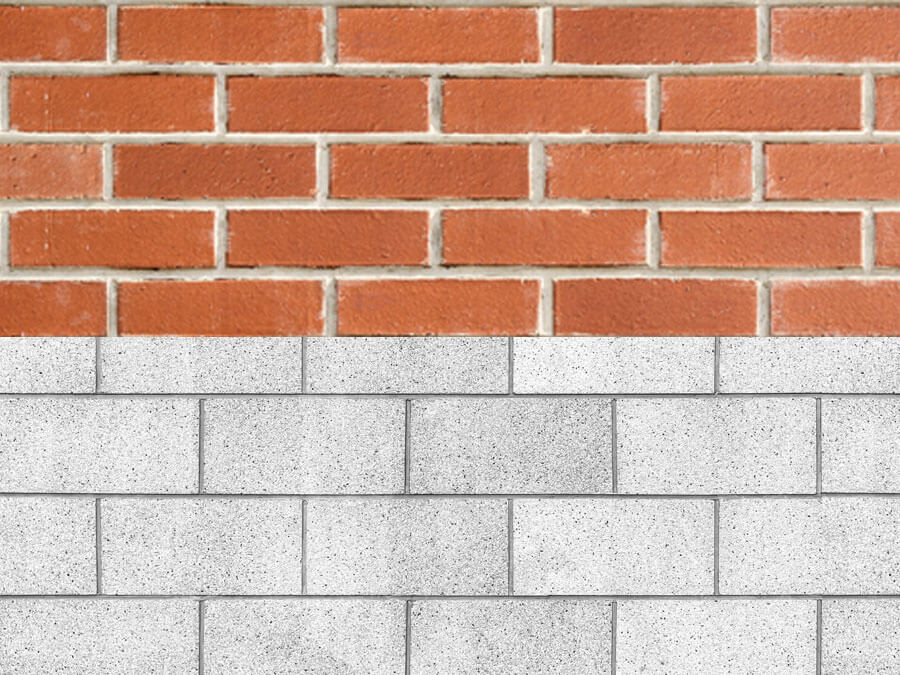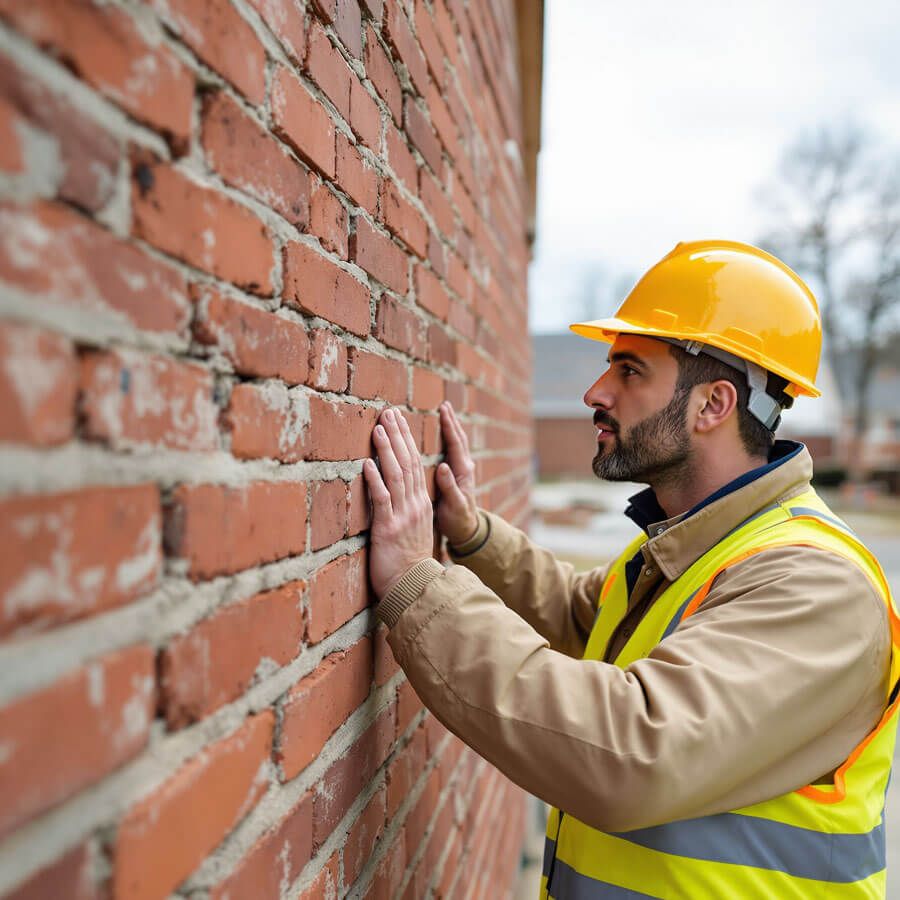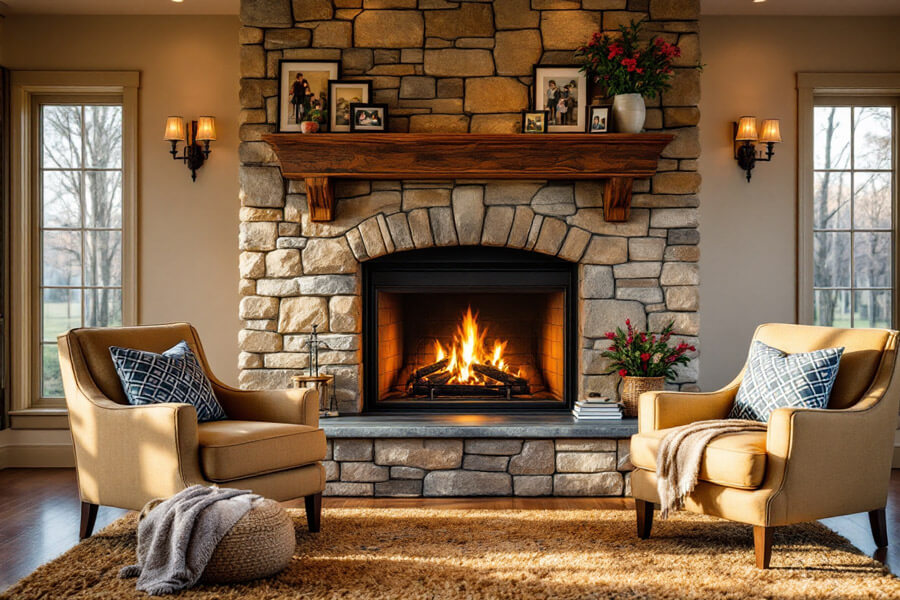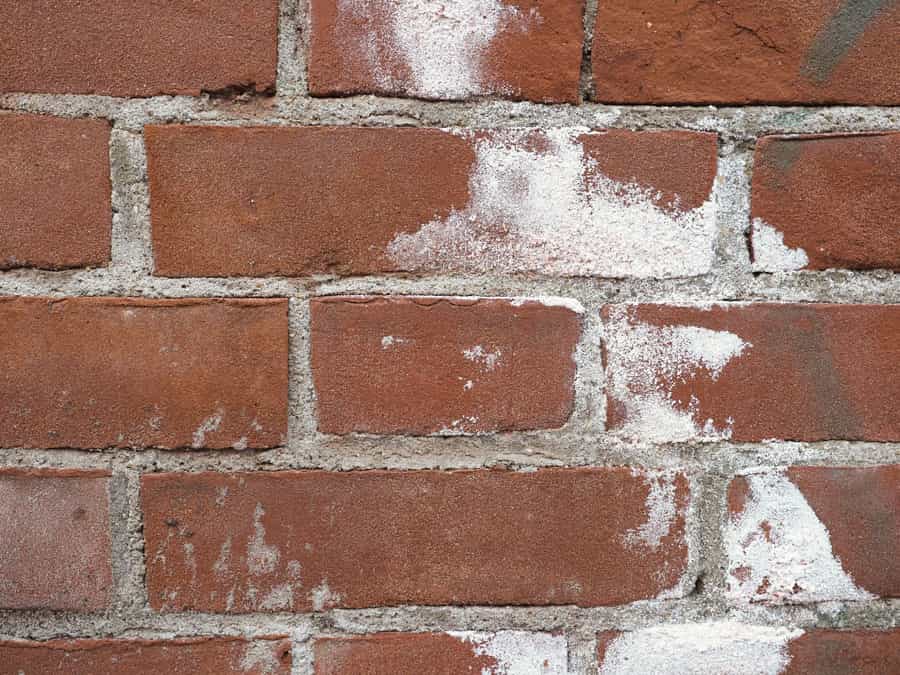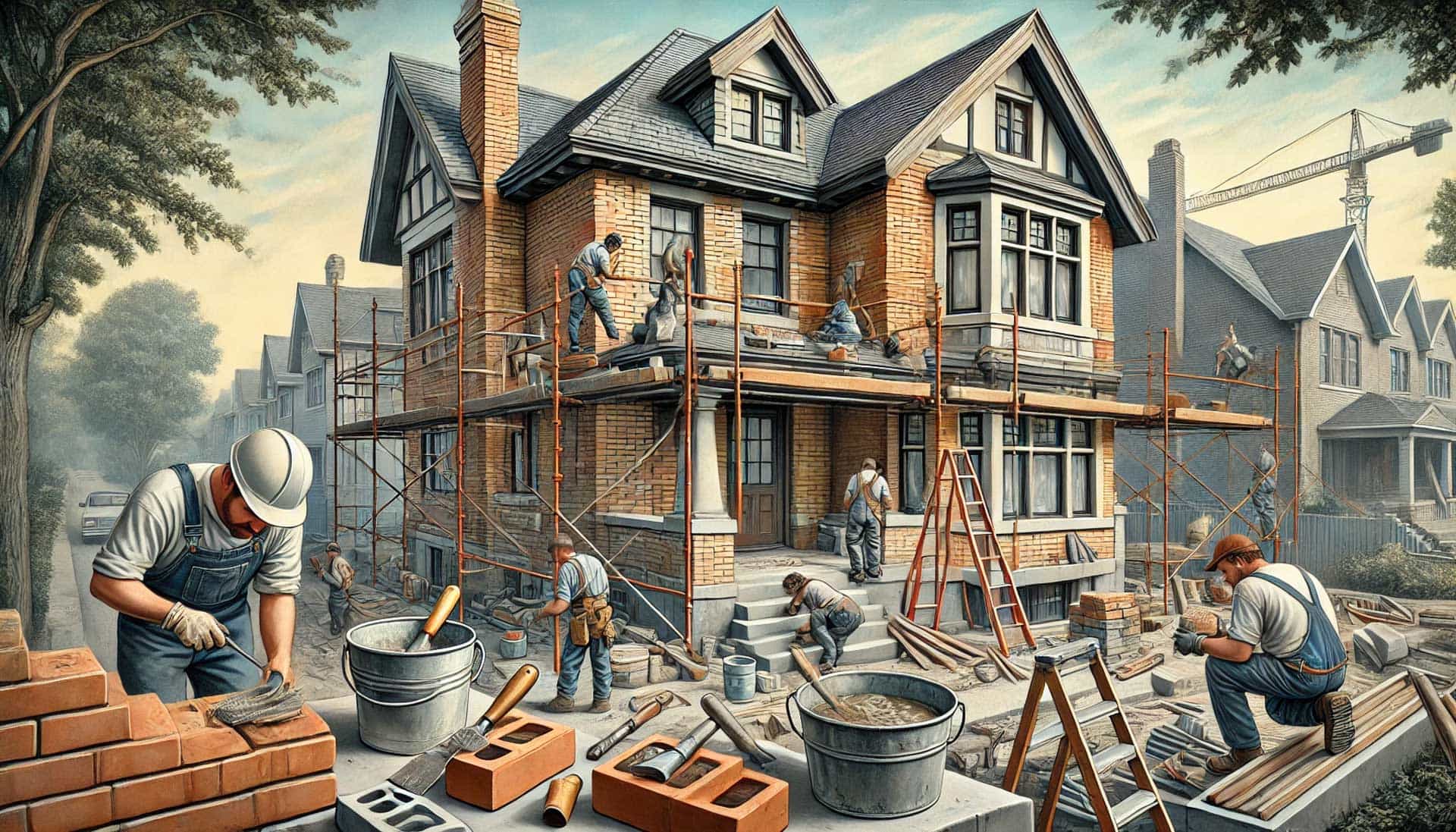There’s nothing quite like the glow and comfort of a wood-burning fire as the temperature drops in Toronto and the GTA. Fireplaces bring life to modern homes and historic cottages alike—but with that comfort comes real responsibility. Hidden hazards can lurk in poorly installed or aging wood-burning systems, threatening not just your property, but also your family’s safety and insurance coverage.
Year after year, fire safety statistics underscore how vital professional inspection is for every wood stove, classic hearth, and fireplace insert. Insurance requirements tighten. Building codes evolve. And for homeowners hoping to invest in new installations—or simply maintain their peace of mind—there’s now a single, trusted standard for safe wood heat in Canada: the WETT (Wood Energy Technology Transfer) certification.
Bowman Masonry brings decades of technical know-how to fireplace design, installation, and safety inspections. But what does this certification mean for you? How does the process work, and why are insurance companies making WETT such a priority? Let’s dive deep into what every diligent fireside homeowner needs to know.
Section 1: The WETT Certification—Canada’s Gold Standard for Fireplace Safety
What Is WETT Certification?
WETT (Wood Energy Technology Transfer) certification establishes clear, national standards for the installation, inspection, and maintenance of all wood-burning appliances in Canada. Earning this designation means an inspector, installer, or chimney sweep has completed specialized training in safety, code compliance, and efficient wood heating techniques. Many insurance companies now make WETT inspection reports a mandatory requirement before they’ll issue a policy for homes with wood-burning systems.
Why Is WETT Important?
For homeowners, WETT means peace of mind. It signifies that your fireplace or stove has been installed correctly and functions safely—eliminating risks of fire, smoke damage, or carbon monoxide exposure. Failing to obtain a WETT-certified inspection can lead to denied insurance claims or uncovered damages in case of accidents. For those buying or selling a home with wood heat, a clean WETT report streamlines transactions and builds buyer confidence.
What Happens During a WETT Inspection?
A WETT inspection is far more comprehensive than a casual glance. Certified inspectors use a structured, multi-level process to evaluate:
- Appliance Installation: Ensuring fireplaces, stoves, and related venting systems are integrated to meet or exceed all building code requirements.
- Clearances: Measuring safe distances between every heat source and potential combustibles—protecting against heat buildup and accidental ignition.
- System Condition: Inspectors examine every component for cracks, corrosion, soot or creosote buildup, and faulty seals. The condition of the chimney and firebox are especially critical.
- Venting and Draft: Confirming the safe, efficient removal of smoke—critical for both performance and indoor air safety.
- Levels of Inspection: Depending on your needs or insurer’s requirements, inspections can range from visual assessments (Level 1) to detailed checks of venting and hidden components (Level 2), or even full dismantling for suspected damage (Level 3).
At the end of the inspection, you’ll receive written documentation: a WETT report that verifies compliance or lists necessary corrections—a document insurers almost always require before extending or renewing coverage. If your system doesn’t pass, your inspector will explain what needs to be fixed and guide you through making those upgrades safely and efficiently.
WETT certification isn’t just red tape—it’s a vital safeguard for your family’s safety, comfort, and real estate investment. In the next section of this series, find out when you need a WETT inspection, how to prepare, and why Bowman Masonry’s expertise makes the process transparent, efficient, and worry-free.

